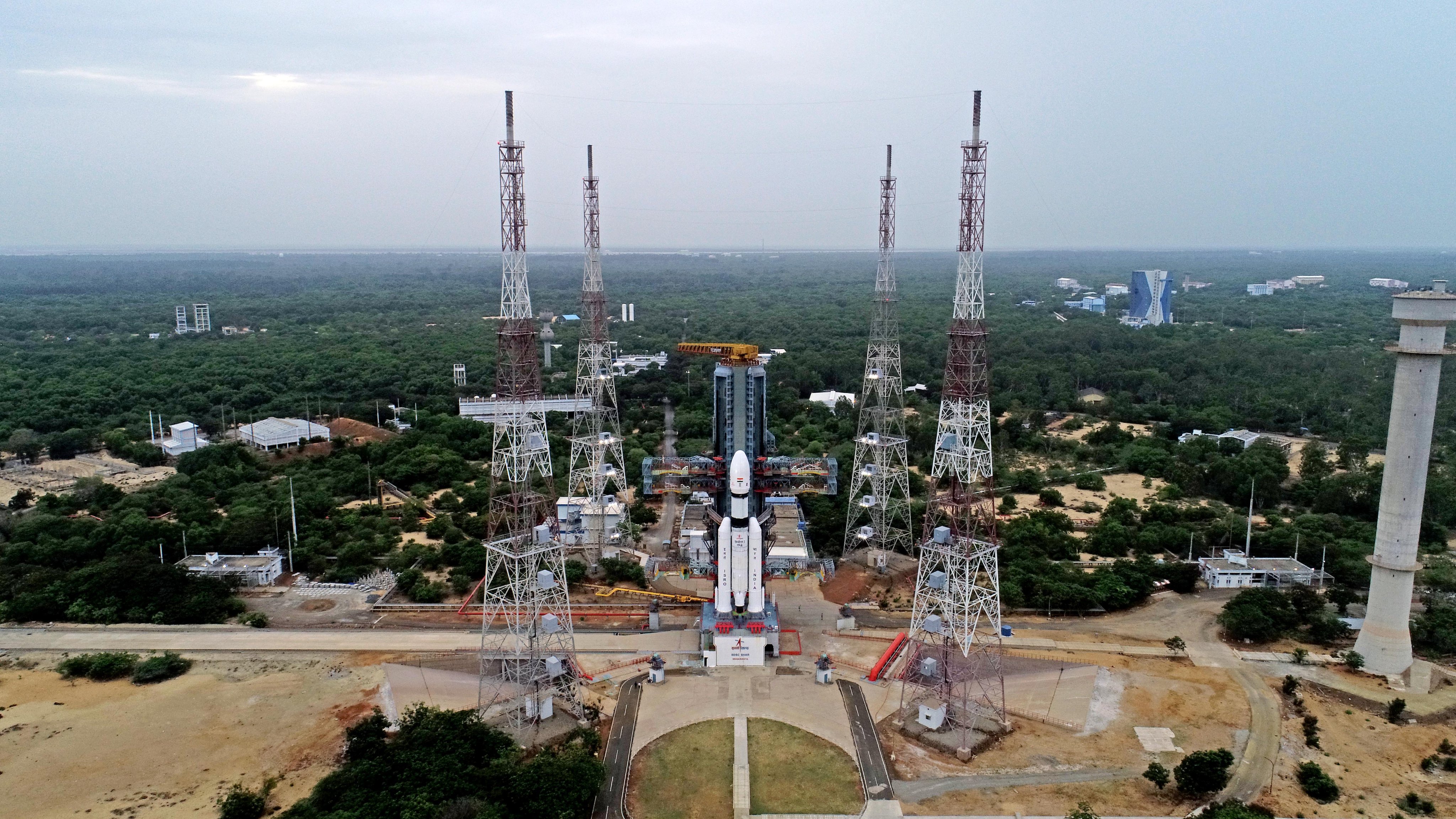As Chandrayaan-3 is all set for Moon touchdown, decoding the soft landing process

The Indian Space Research Organization (ISRO) is on the brink of launching its ambitious lunar mission, Chandrayaan-3, four years after the setback of Chandrayaan-2. If successful, India will join the ranks of the US, China, and the erstwhile Soviet Union as the fourth nation to achieve a soft landing on the moon.

The most nerve-wracking phase for ISRO scientists is the 'soft landing' period, the crucial final 20 minutes during which the Vikram lander is slated to touch down gently on the moon's surface. Chandrayaan-2's mission faltered due to an unsuccessful soft landing attempt.
In simple terms, ISRO is striving with Chandrayaan-3 to accomplish what its predecessor couldn't: a successful 'soft landing.'
Chandrayaan 3 | Chandrayaan 3 Landing day is here! Watch this and more #ITLivestream @nabilajamal_ @ShivAroor @Akshita_N #Chandrayaan3Landing #ChandParTiranga #CheerForChandrayaan https://t.co/jjQBV0EnfN
— IndiaToday (@IndiaToday) August 23, 2023
Defining soft landing
Soft landing signifies the controlled touchdown of a spacecraft without incurring damage to either the craft itself or its payload. Chandrayaan-2 aimed for a soft landing, yet a software glitch led to a hard landing, rendering the mission unsuccessful.
Unlike its forerunner, Chandrayaan-3 lacks an orbiter module. Its singular purpose is to fulfill what Chandrayaan-2 could not—landing on the lunar south pole and surveying its topography using a rover.
ISRO has adopted an approach of cautious precision regarding 'soft landing' this time around. They have employed a failure-based design that accounts for all conceivable mission failures and includes countermeasures.
ISRO Chairman, S Somanath, explains, "Instead of pursuing a success-based design like Chandrayaan-2, we have embraced a failure-based design for Chandrayaan-3."
The soft landing strategy
Unlike Chandrayaan-2, Chandrayaan-3's spacecraft will target a landing area that is 40 times larger than its predecessor's. A 4-kilometer-long, 2.5-kilometer-wide zone near the lunar south pole has been earmarked for Chandrayaan-3's landing.
The landing sequence will commence at 5:45 pm, followed by a crucial 17-minute period during which the spacecraft will transition from a horizontal to a vertical orientation for landing.
The time span from 5:45 pm to 6:04 pm holds great significance as the lander will initiate engine firings to prepare for landing.
India Today's @Akshita_N brings us details live from Bangalore on Chandrayaan 3. @ShivAroor joins the conversation and shares insight from his earlier reporting experience on Chandrayaan 2. #Chandrayaan3Landing #ChandParTiranga #CheerForChandrayaan pic.twitter.com/cXsahLybK1
— IndiaToday (@IndiaToday) August 23, 2023
Contingency plans
ISRO Chief K Somanath asserts that while the chances of Chandrayaan-3's mission failure are minimal, the team is well-prepared with alternative strategies in case of any setbacks.
Here are the three potential courses of action by ISRO:
Second Attempt for Soft Landing on August 24: If the initial soft landing endeavor falls short, Chandrayaan-3 will make a second soft landing attempt on August 24.
The Next Lunar Sunrise: Should today's landing miss the mark, a 14-day window exists for further attempts, given that a lunar day equals 14 Earth days.
Holding position: In the event of a landing delay, Chandrayaan-3 will remain in its current orbit of 25km by 134km, awaiting the subsequent attempt.
S Somanath explains, "Should circumstances prevent landing tomorrow—whether due to the lander's condition or a communication interruption—we will make a second landing attempt within the next 24-50 hours. Additionally, alternate landing sites will be considered."
The landing sequence will last around a quarter of an hour, a period that has been described as "15 minutes of terror".@devgoswami #Chandrayaan3
— IndiaToday (@IndiaToday) August 23, 2023
Watch all the live updates here: https://t.co/bcxE5ucZ4H#Chandrayaan3landing #ChandParTiranga #Chandrayaan3 #CheerForChandrayaan…
The story remains captivating as ISRO seeks to master the intricate art of 'soft landing' in its relentless pursuit of lunar exploration.

